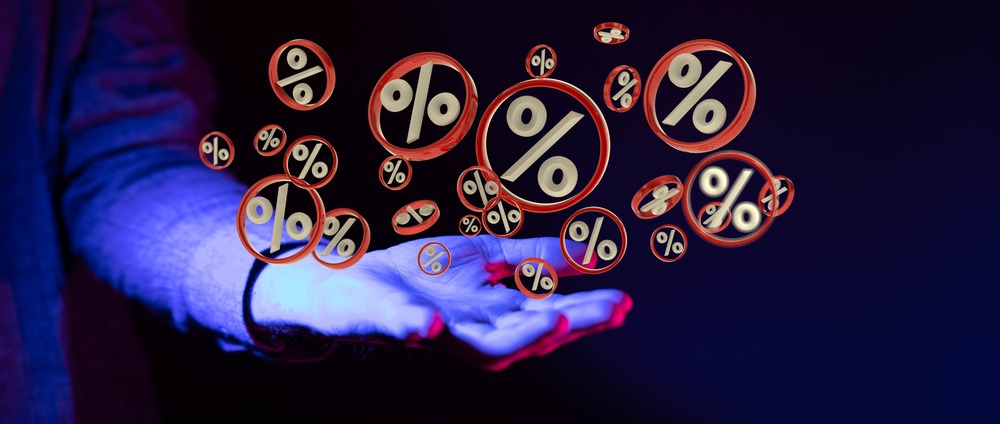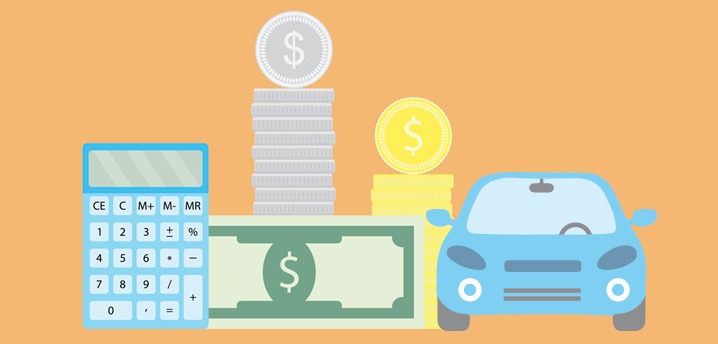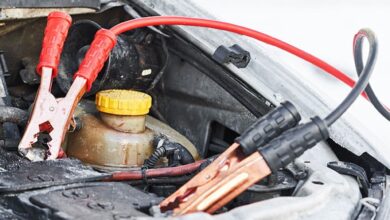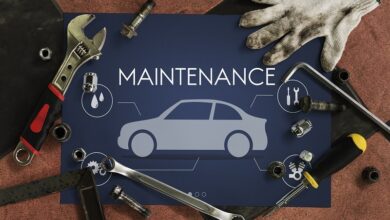Understanding APR: What is a Good APR for a Car?

When it comes to financing a car, understanding the Annual Percentage Rate (APR) is crucial. The APR affects the total cost of the loan and determines the interest you’ll pay over time. But what exactly is a good APR for a car? In this blog post, we will discuss what APR is, how it impacts your car loan, and what a good APR range is for different scenarios. By the end, you’ll have a better understanding of what to look for when financing your next car.
Contents
Section 1: What is APR?

When discussing car loans, APR refers to the Annual Percentage Rate. It represents the annual cost of borrowing money, including both the interest rate and any additional fees or charges associated with the loan. The APR is expressed as a percentage and allows borrowers to compare the costs of different loan offers.
Section 2: How Does APR Impact Car Loans?
The APR plays a significant role in determining the overall cost of your car loan. A higher APR means you will pay more in interest over the life of the loan. It is important to remember that the APR is not the same as the interest rate. While the interest rate is the percentage charged on the outstanding balance, the APR includes other costs, such as origination fees, processing fees, and any other charges associated with the loan.
Section 3: Factors That Influence APR

Several factors influence the APR you are offered for a car loan. These include:
Credit Score
Your credit score is one of the most critical factors that lenders consider when determining your APR. A higher credit score typically results in a lower APR, as it demonstrates your creditworthiness and ability to repay the loan. On the other hand, a lower credit score may lead to a higher APR, as lenders perceive higher risk in lending to individuals with a history of late payments or poor credit management.
Loan Term
The length of the loan term can impact the APR. Generally, shorter-term loans tend to have lower APRs, as they pose less risk to the lender. However, longer-term loans may have higher APRs, as they come with a higher likelihood of default or changes in market conditions.
Down Payment

The amount of down payment you are willing to make can also influence the APR. A larger down payment may result in a lower APR, as it reduces the overall loan amount and decreases the lender’s risk. Conversely, a smaller down payment may lead to a higher APR, as lenders may view the loan as more risky.
Market Conditions
Market conditions, such as the state of the economy and interest rates, can also impact the APR. During times of economic instability or when interest rates are high, lenders may increase their APRs to mitigate potential risks. Conversely, in a favorable economic climate, lenders may offer lower APRs to attract borrowers.
Section 4: What is Considered a Good APR for a Car?
Now that we understand how APR works and the factors that influence it, let’s discuss what is considered a good APR for a car loan. The ideal APR will vary depending on individual circumstances, but generally, a good APR falls within the range of 3% to 5%.

It’s important to note that this range is not set in stone, and what is considered a good APR can fluctuate based on market conditions and other factors. Borrowers with excellent credit scores and strong financial profiles may even qualify for lower APRs, sometimes as low as 0% for promotional offers.
Section 5: Tips for Getting a Good APR
While the APR you are offered ultimately depends on various factors, there are steps you can take to improve your chances of securing a good APR for your car loan:

- Maintain a Good Credit Score: Regularly monitor your credit score and take steps to improve it if needed. Pay your bills on time, keep your credit utilization low, and correct any errors on your credit report.
- Shop Around: Don’t settle for the first loan offer you receive. Shop around and compare APRs from different lenders to ensure you are getting the best possible rate.
- Negotiate: Don’t be afraid to negotiate the APR with the lender. If you have a strong credit history or a good relationship with the lender, you may be able to secure a lower rate.
- Consider a Co-Signer: If your credit score is not ideal, consider adding a co-signer with a strong credit history to your loan application. This can help lower the APR by reducing the perceived risk for the lender.
- Make a Larger Down Payment: Increasing your down payment can not only decrease the loan amount but also improve your chances of securing a lower APR.
Section 6: Beware of Predatory Lending Practices
While it’s important to strive for a good APR, it’s equally crucial to be aware of predatory lending practices. Some lenders may try to take advantage of borrowers by offering seemingly low APRs but hiding additional fees or charging exorbitant interest rates.

To protect yourself, carefully review the loan terms and conditions before signing anything. Pay attention to any hidden fees, prepayment penalties, or clauses that could result in higher costs over time. If something seems too good to be true, it’s best to seek advice from a financial professional or consider alternative lenders.
What is a good APR for a car?

Understanding APR is essential when financing a car. While a good APR for a car loan generally falls within the range of 3% to 5%, it’s important to consider individual circumstances and market conditions. By maintaining a good credit score, shopping around, negotiating, and being cautious of predatory practices, you can increase your chances of securing a favorable APR and save money over the life of your car loan.











